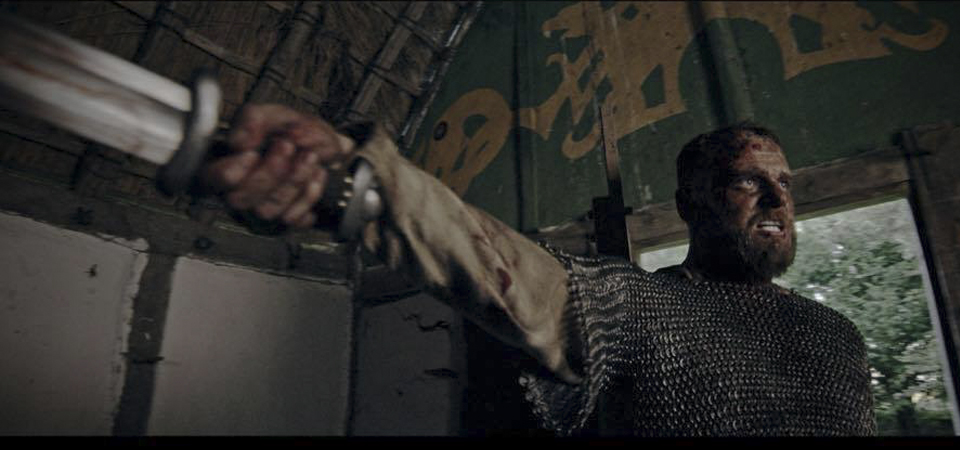- Home |
- Search Results |
- Giles Kristian on how The Last Viking inspired his novels

Harald Hardrada has long been a hero of mine. He was a giant of a man, flamboyant, ambitious and fearsome in battle. A professional warrior all his adult life, there can be few men who travelled so far or experienced so much. But as well as being the most respected warrior of the age, Hardrada was also a keen poet and it is said that he was even composing poetry on the battlefield that day in 1066. There can be little doubt that he influenced my own Viking novels, particularly the character of Sigurd. I'm awestruck by how far Hardrada journeyed, given the danger and uncertainty of travelling in the 11th Century. I admire his ambition and how he never lost sight of his aims. I'm impressed by his rise from renegade to a position of power and influence amongst the elite Varangian Guard of the Emperor of Constantinople. And I'm astounded that he managed to stay alive so long!
So it seemed to me that a fitting way to honour the great Viking king was to make a short film inspired by the saga tradition and the story-telling culture which has influenced my Raven saga and The Rise of Sigurd series. This idea of a man sitting by the fire telling the tale of his life just works for me. I feel it in my bones. My aim was to weave the great warrior's life story in a poem rich in imagery and kennings; that form of metaphor used in Anglo-Saxon and Norse poetry in which an object is described in a two-word phrase, such as 'whale-road' for 'sea', 'battle-sweat' and 'slaughter's dew' for 'blood' and 'wave-steed' or 'fjord-elk' for 'ship'. They're so evocative, aren't they? And you can have great fun playing with these kenning or inventing your own.
Fortunately, my friend and collaborator, award winning filmmaker Philip Stevens, shares my passion for history and storytelling. Furthermore, as well as being a brilliant director, he's also an actor of breathtaking talent. Besides which, it helps the budget when the director of the film also stars in it. You'll even see me in there somewhere. Not telling you where, but if you see some epic flaming torch holding. . .
Below follows a brief outline should you want one. Otherwise, just dim the lights, grab the popcorn, sit back and enjoy the saga telling:
The Last Viking
25th September, 1066. The Viking King Harald Hardrada's invaders are being slaughtered at Stamford Bride outside York. Caught unawares by the English King Harold and his army, the Norsemen fight to their last breath, as all worthy warriors must.
Battle-torn, bloody and exhausted, the ageing warrior king bursts into a simple thatched dwelling, the clamour of battle and cries of the fallen fading behind him. He stumbles, throws himself onto a bed, is taken by sleep. Wakes to find food bubbling in a pot over the fire. Eats ravenously. The door opens and a spear-armed, one-eyed stranger in a wide-brimmed hat walk in. Sits down. Stares at the great king with his single, soul-searching eye. Under this scrutiny Hardrada feels suddenly compelled to tell this stranger the saga story of his own illustrious, war-filled life.
For though the great Harald Hardrada might not know it, his mortal body even now lies hacked and bloodless on the field by the river. And yet such was the warrior's ambition in life, such was his thirst for sword-fame and glory, that he has one more tale to tell. One final epic to share, of his journey along the warrior's way, before his sould can move on to what lies beyond.
And Odin the spear god, lord of war and poetry, would hear it.